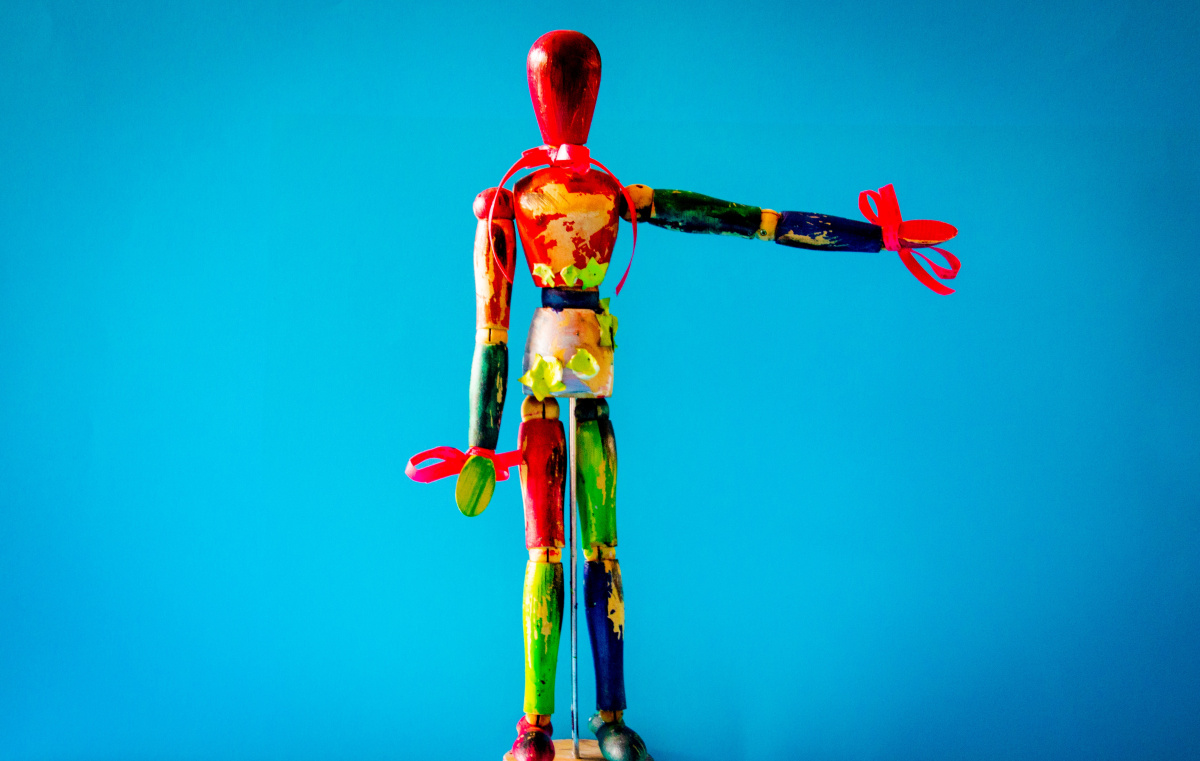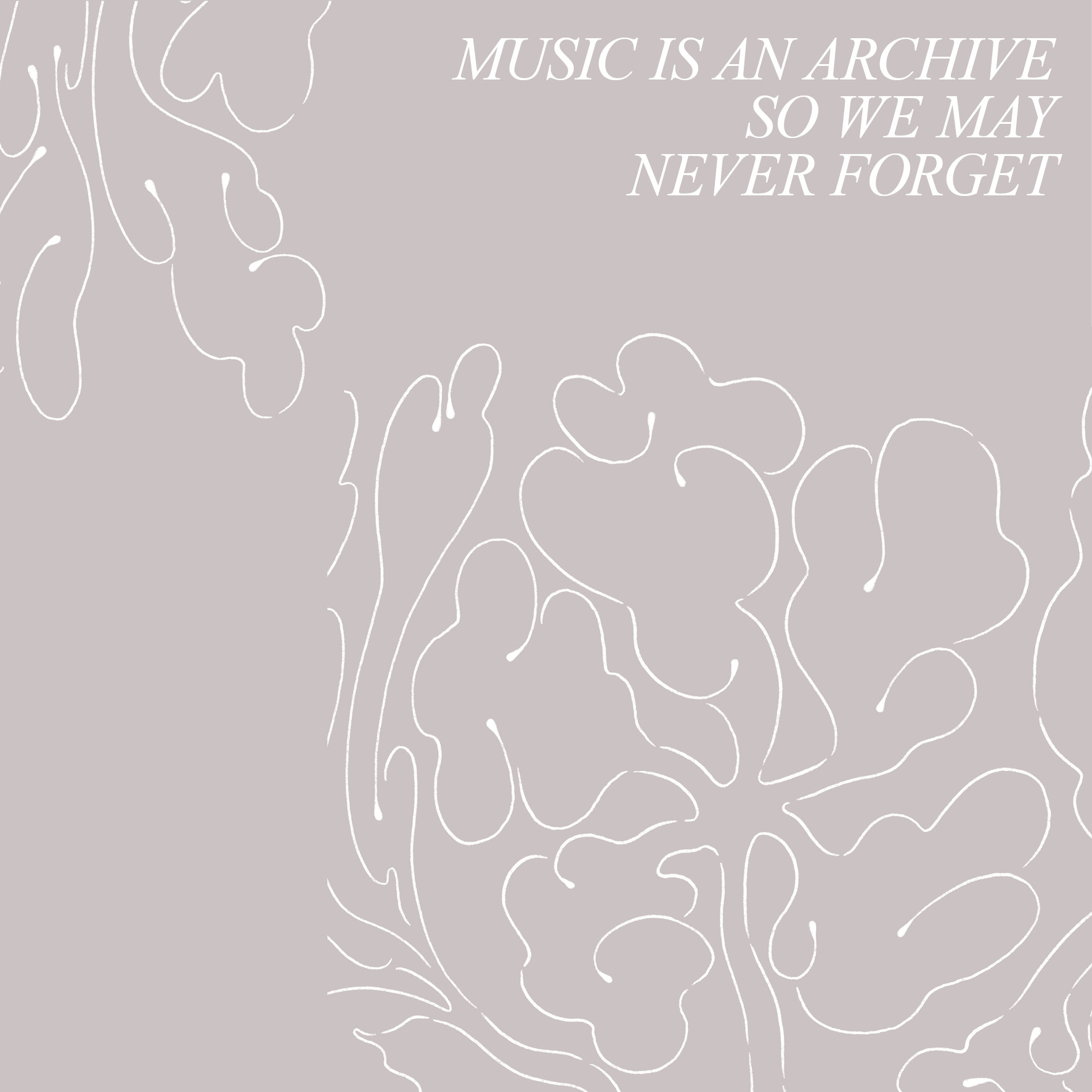
Music as Embodied Practice
How does a body-self express itself in a digital sphere? In her reflection on a 12th century poem and the singing at anti-CAA protests in India, our writer reassesses the body in pandemic times.
In this body, a vessel of clay
It will shatter
Then never resound
I fear that day, lord
Just one day, one moment
The blink of an eyelid
Can you trust
A single instant?
This poem, sung here by Mooralala Marwada, is attributed to Kabir, probably the most prominent poet who emerged from the Bhakti movement that swept the subcontinent from the 12th century onward, extending to the east as the Baul tradition and to the west as Sufism. Perceived as anti-establishment, this form of song-poetry challenged ideas of caste, communalism, and other normative structures prescribed by society, while simultaneously being deeply philosophical, urging its listeners to search within to understand the world outside.
Songs such as this have been passed down orally through generations, inspiring a multitude of folk singers, inciting social debates in village centers, and becoming immortal as they adapt to the ever-changing rhythms and music traditions across geographies.
Mooralala Marwada comes from a lineage of Kabir singers that can be traced back eleven generations, belonging to the Meghwal community in Rajasthan, though he lives in Kutch, Gujarat. He sings devotional songs, bhajans by Kabir, Meera, Ravidas and other Bhakti poets, and also kaafis by Shah Abdul Latif Bhitai.
A Body Beyond Our Physical One
This song reflects on the simultaneous beauty and fragility of our body-selves through a series of metaphors. If there is a self that is formed by our mind, thoughts, emotions, and body that grows, withers and dies, there is also perhaps a body-self that links the two dimensions – the tangible and intangible – and keeps us whole. Kabir often talks about a life force that is beyond intellectual thought or the worldly pleasures of the physical body. A place where experience is not felt solely by the body or articulated by the mind; an orientation where we cannot separate mind from body.
While listening to this song I can’t help but imagine the lives of those who may have heard it 500 years ago, and what their fleshy existence in their body-self must have been like.
In the current era of pandemic and lockdowns, where our lives are lived mostly online, I wonder, where is my body-self in this digital reality? How does it cope with the digital realm? How do we imagine intimacy in the digital pandemic world? How do we remember to listen again?
Over the past year and a half of the pandemic, community, intimacy, and work have all been spheres of an existence broken through the digital; lives have been lived through screens, temporal disparities, and remote working. Video chat, which once brought you closer to those you loved, took on a productivity-surveillance function, with apps like Zoom becoming standard protocol to «optimize efficiency». Experiences of listening collapsed into watching, as we muted and unmuted ourselves on Zoom, and collectively created new rules of online engagement. We experience exhaustion from the pressure of being present digitally. The video screen is reduced to marking attendance and performing the illusion of real-time engagement.
It was with these thoughts in mind that I began considering my contribution to the Norient Film Festival; thoughts that took me back to 2014, when I was working with the Ajab Shahar project, where Hiye Kaya Mein | In this Body was one of the first works I edited. Living in pandemic times made me reassess the body-self, interrogating whether it is possible to feel nostalgia for a past that you never knew. Listening to Mooralala, I feel a deep connection to my ancestors, our bond forged forever in the strumming of the ektara, in the sonic arc of the main couplet, in the hypnotic repetitions of the cymbal, and the beat-keeping of the vibrating ghara-ghamela. It is a moment of catharsis and of bodily breakdown, triggering memories of news cycles, protests, fake news. A reminder of the trauma, violence and indignities that the people of India have suffered for many years, but particularly since 2019. From the revoking of Article 370 to the anti-CAA NRC protests (CAA: Citizenship Amendment Act /NRC: National Register of Citizens) subsequent riots, and the migrant crisis provoked by the pandemic, the two COVID-19 waves saw a relentless onslaught on the body in the form of attacks on personal freedoms, identity, mobility, the pursuit of happiness, bodily health, and dignity in death.
The Last Protest I Went To
While backing up my mobile recently I came across a set of videos from what must have been the last protest I went to. Taking place in late January 2020 at the India Gate, it was organised by student groups against the unconstitutional CAA-NRC. A spontaneous assembly of a group of old and young people, squatting in a circle on a cold winter evening, singing together out of tune, forgetting words, improvising, sometimes screechy and hoarse – it was the expression of a commitment.
To heal. To reunite. To exhale. Even if for a moment. To feel the tangibility of a song sung together. To come back to what seemed utterly mundane, only to see and realise what your body-self has been missing.
Here’s to the relentless opening and strengthening of the heart and spirit.
Music is memory, an archive, so we may never forget.
Music is a call to action, dissent, and protest.
Music is power, with the capacity to reclaim, to heal, to transform.
A song, sung together in unison: I know no better (embodied) truth.
This text is part of Norient’s Online Special «Politics of Curatorship», published in the context of the Norient Film Festival 2022.
Biography
Published on December 29, 2021
Last updated on May 28, 2024
Topics
From hypersexualised dance culture in baile funk to the empowering body culture in queer lifestyles.
About Tunisian rappers risking their life to criticize politics and musicians affirming 21st century misery in order to push it into its dissolution.
What is «Treble Culture»? How does what one hears affect what one sees?
Special
Snap
